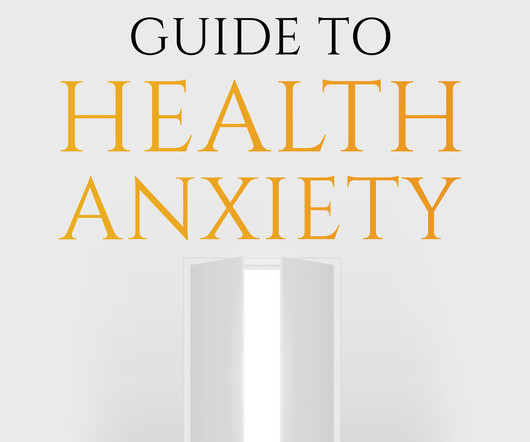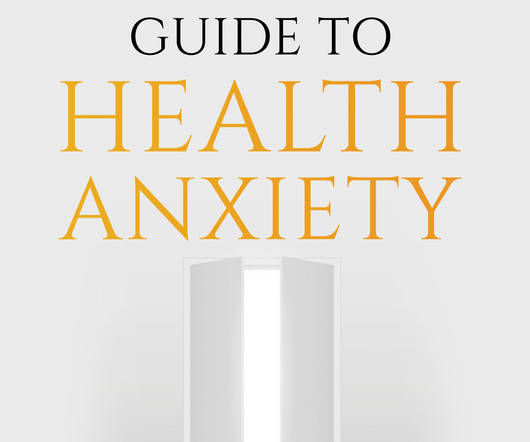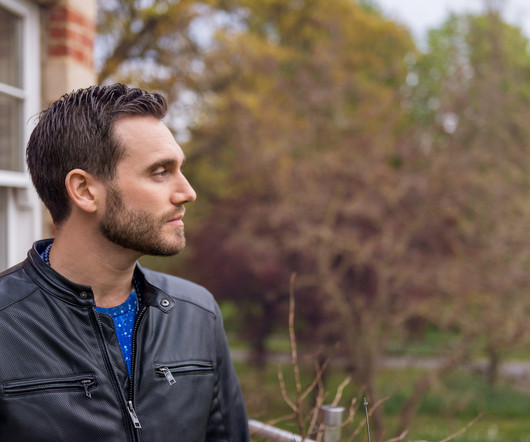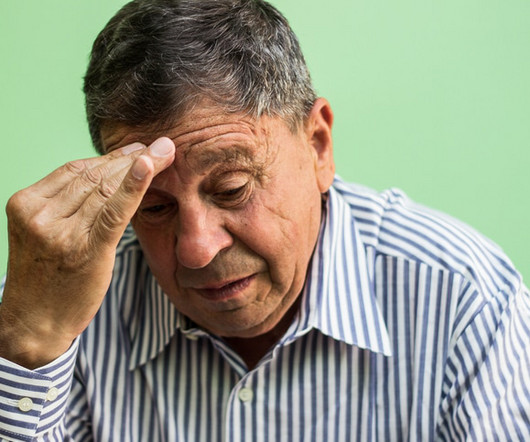Self-Awareness: A Key to Emotional and Relationship Health
Love & Life Toolbox
OCTOBER 5, 2024
When new therapy clients sit down in front of me for the first time, my curiosity is always piqued around not only who they are and what kind of help they are seeking, but also their level of psychological awareness. Even if this type of awareness is clearly lacking, this doesn’t mean good work cannot be accomplished together.





















Let's personalize your content